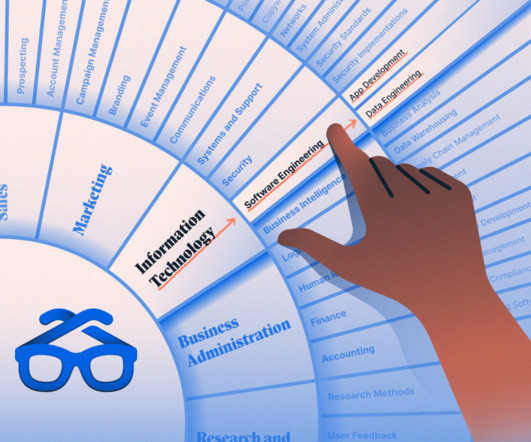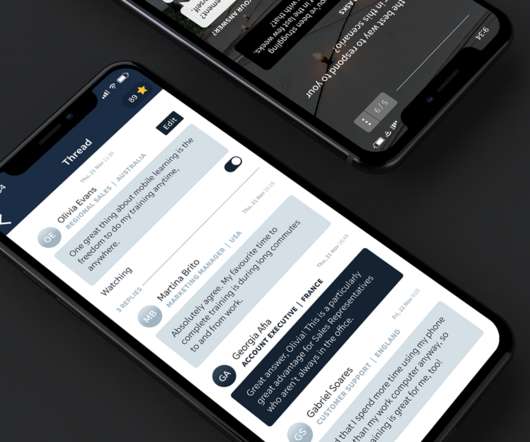What Is a Skills Taxonomy? And Why Is Your Competency Model Obsolete?
Degreed
MARCH 3, 2023
A skills taxonomy can help you make sense of what your people can offer as you work toward achieving business goals. A skills taxonomy is: A hierarchical system of classification that can categorize and organize skills in groups or “skill clusters.” For example, the ability to communicate effectively is a competency.






































Let's personalize your content